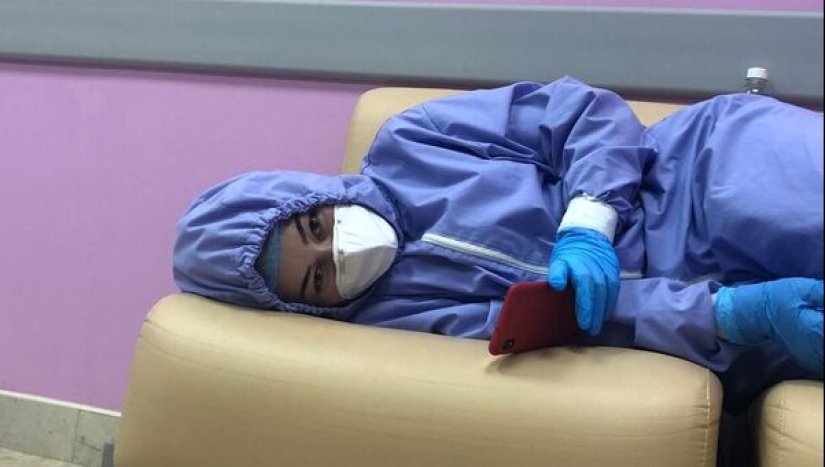Scientists have told how to stay alert after a sleepless night
Categories: Health and Medicine | Science
PictolicMany people, for one reason or another, have to give up sleep. These are students during a session, doctors and dispatchers working night shifts, young parents - the list goes on and on. The day following the night vigil is almost always an excruciating test of willpower. Scientists have studied this problem and found a way to combat fatigue and drowsiness. They have developed a special vacation strategy that will suit everyone.

The human “internal clock” is sensitive to light. During the day, they give the body a command to stay awake, and at night, on the contrary, to “shut down.” If we don't sleep at night, our circadian rhythms are disrupted, which leads to poor health and decreased performance and concentration. But there is a way to smooth out the negative effect - to do this you need to take a little nap.

Dr. Sanae Oriyama from the Japanese University of Hiroshima conducted a study and found out which daytime rest scheme is most effective. The scientist published her view on solving the problem in an article in the scientific journal Scientific Reports. Oriyama analyzed the results of her many years of research on this topic.
As a result of the experiments, a group of female volunteers simulated work in Japanese hospitals. There, during a 16-hour daily shift, employees are given only two hours to rest. The study participants were chosen to be female because the majority of hospital staff in Japan are women.

The team of participants was divided into three groups, depending on the method of recreation they practiced. Three shifts were simulated for each group. In the first, women stayed awake from four o'clock in the evening until nine in the morning the next day. They were allowed to sleep for 120 minutes once. For the second group, rest was divided into two unequal periods lasting 90 and 30 minutes. The participants in the third group did not rest at all.
During the experiment, everyone performed the Uchida-Kraepelin psychodiagnostic test. It turned out that two hours of sleep, as well as its complete absence, led to poor health and drowsiness the next day. Women from these two groups felt overwhelmed and tired. But those who rested in two steps, 30 and 90 minutes, endured the night shift much better and felt more energetic.

Oriyama found that for staff working at night, whose responsibilities include rapid response, rest is better suited to a two-part rest. The first 90-minute nap should end at midnight, and the second 30-minute nap should end at 3 a.m.
Alas, the positive effect concerns only well-being. If we talk about cognitive abilities, there were no significant improvements in passing the test. But the experiment showed that women who fell asleep worse during the 90-minute rest scored lower on the Uchida-Kraepelin test.

Summing up her work, Sanae Oriyama noted that the results of her experiment should be interpreted with caution. It was just a simulation, but in real life things can be different. Despite this, the scientist is pleased with the work done, because she managed to develop an optimal relaxation strategy for those who do not sleep at night. This experience will be useful not only for those who work night shifts. It will also help mothers caring for babies.
The work done by Oriyama is important and necessary. But scientists believe that a short rest will not replace a full night's sleep. A person should sleep at least 7-8 hours at night - this is an integral part of a healthy lifestyle. Previously, a study was conducted in the United States that showed that adequate sleep helps maintain overall health and reduces the likelihood of premature death by 30 percent.
Recent articles

In life, every person has a case when he is on the verge of death. Sometimes fate gives you one chance, rarely more. Canadian ...

Folk remedies used to treat ailments in Russia were numerous and varied. The carriers of knowledge about the means and methods of ...

Unfortunately, during the war, it was rarely possible to hand over the bodies of the dead to their relatives. During particularly ...